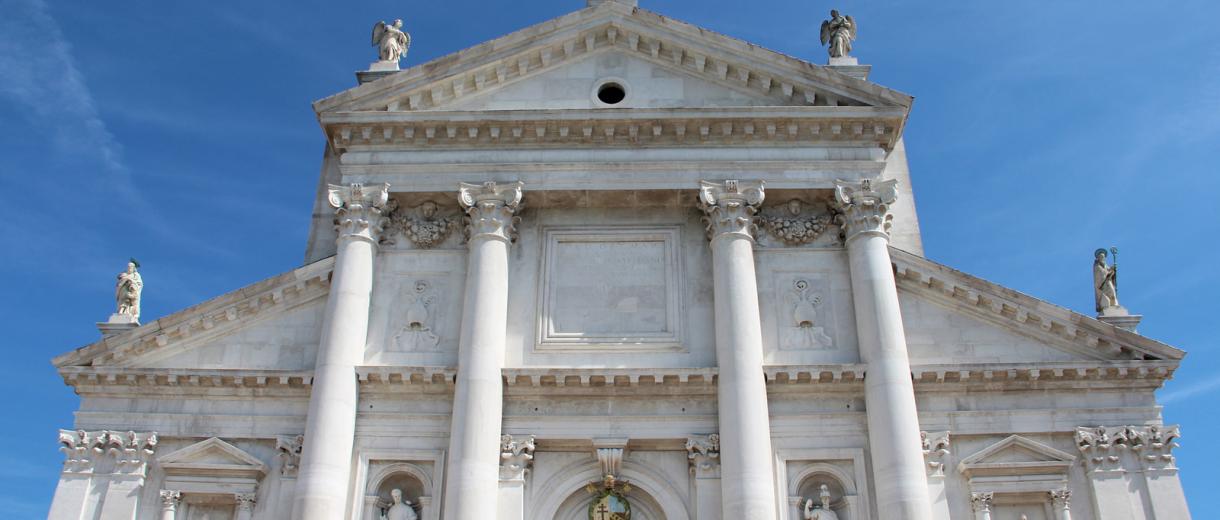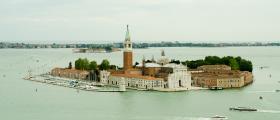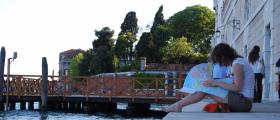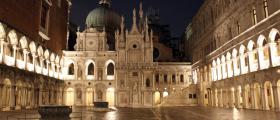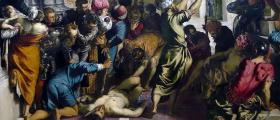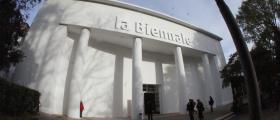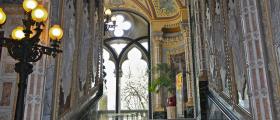Andrea Palladio and Venice - by John Costella
No visit to Venice is complete without seeing some of the remarkable buildings created by Andrea Palladio an architect of outstanding ability whose works are synonymous with the classical world.
Born 500 years ago in nearby Padua, Palladio the son of a miller was to become a stonemason of some standing before practicing architecture. Arguably, his inventiveness and harmony of design have made a greater impact on the world of architecture than any other designer.
Although Palladio’s designs are not to be seen along the Grand Canal, you immediately get sight of one of his masterpieces on the small island of San Giorgio Maggiore. This iconic structure can be seen clearly from Piazza San Marco as it sits on the Lagoon and provides a wonderful entrance to the Giudecca Canal.
St Giorgio Maggiore was built between 1560 and 1580 and although finished after Palladio’s death, provides a mixture of a classical Roman temple with the sanctity of a Christian church. Externally, the white stone façade majestically portrays high naves and an incredibly wide pediment set behind monumental pilasters supporting a much narrower pediment, resulting in a striking piece of architecture for its day. Internally, the church is a plethora of Renaissance design incorporating so many masterpieces by artists such as Tintoretto and Bassano.
Perhaps the most popular of Palladio’s churches is the Redentore, which is situated close to San Giorgio Maggiore on the island of the Giudecca. The Redentore was built following the plague of 1575, which killed over 50,000 Venetians, when a vow was made by the Venetian state to immortalise the memory of this horrific event. Again, Palladio has built a church of gigantic proportions which accommodates a large number of people, and both the internal and external appearance are showered with treasures and works of incredible beauty. Every year in late July a pontoon bridge is floated from the Zattere to the Redentore thereby allowing thousands of visitor’s easy access to the church to enjoy the celebrations (Festa del Redentore) which culminates in a magnificent fireworks display.
Palladio is probably better known for the wonderful villas and palazzo’s he designed around Vicenza, which is located just beyond Padua and thereby easily accessible by bus and rail from Venice itself. The Villa Rotonda near Vicenza, together with the Villas Barbaro and Emo situated in the Veneto are prime examples of his work each one decorated with frescoes by great artist’s of that age such as Veronese.
In later years Palladio’s career blossomed with both Venetian and Vincetine patrons and he was constantly designing and proposing schemes for Venice which were sometimes thought to progressive, as he had created a new language for architecture.
THANK YOU VERY MUCH FOR HIS CONTRIBUTION TO THIS PAGE TO MR JOHN COSTELLA, AUTHOR OF THIS ARTICLE AND OF THE WONDERFUL BOOK "THE FOUR SEASON OF VENICE" (This book provides helpful, descriptive and enjoyable routes to explore, as well as providing many interesting historical and architectural facts throughout its passage).

